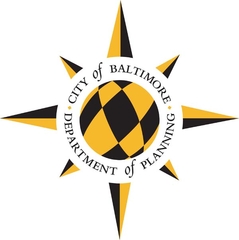Our Baltimore - Map Gallery
Please offer your observations and feedback on maps illustrating recent data on population and demographics in Baltimore.
The Department of Planning is preparing an update to the City's Comprehensive Plan. This update is called Our Baltimore, and it is a state of Maryland requirement in response to the 2020 Census Data. To better understand the context, the Department of Planning team has prepared a series of maps to illustrate recent data on population and demographic change in Baltimore between 2010 and 2020. Please review our maps, and leave your observations and responses. Your comments will inform the development of the plan update draft. For more information on Our Baltimore, please visit: https://www.planourbaltimore.com/

 bubble to view comments.
bubble to view comments.
Comments
Close